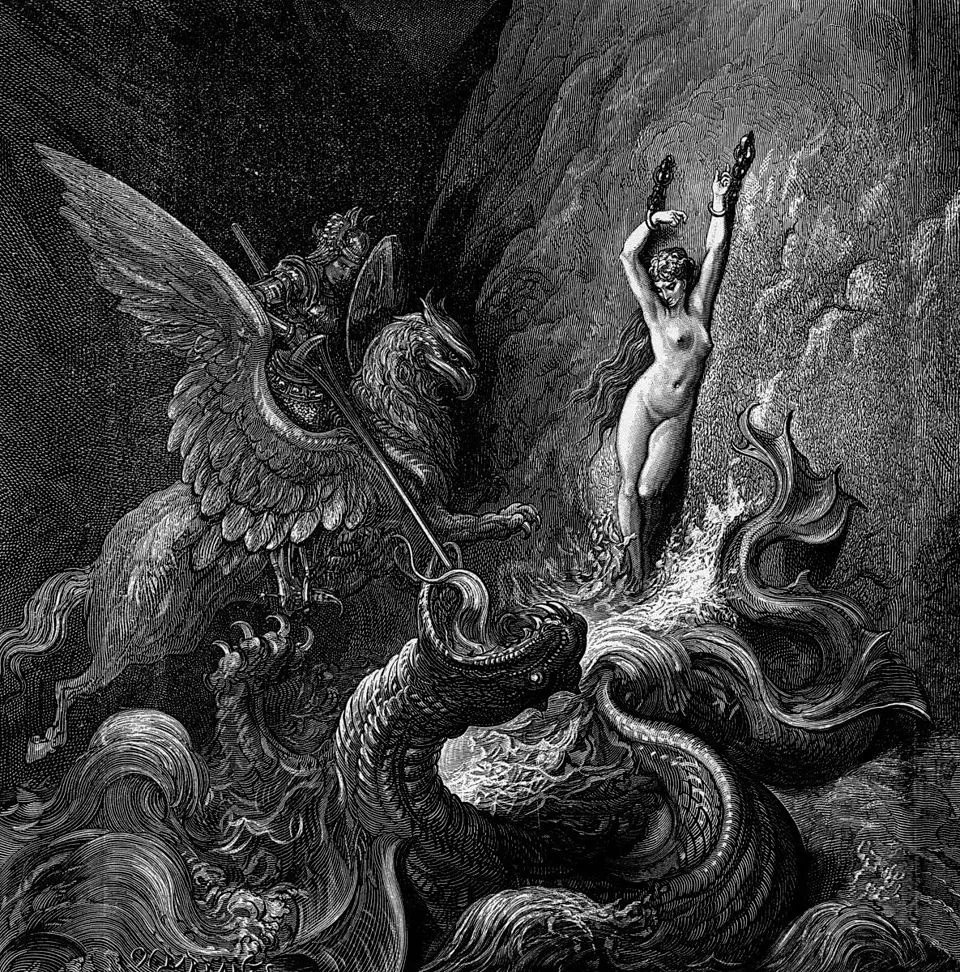There are rumors that the Louvre Museum would like to borrow Leonardo’s famous Vitruvian Man for a month-long exhibition. This request was already denied for the exhibition on 24 October 2019, and it is certain that Leonardo’s renowned sketch will not leave Venice in 2026.
In 2019, just before the Covid-19 pandemic, the Italian Minister of Culture proposed sending the Vitruvian Man to France for a few weeks in exchange for three paintings by Raphael. It seemed an excellent deal: a small drawing by Leonardo da Vinci in exchange for three large oil paintings. The Vitruvian Man is a drawing on a 35 x 26 cm sheet of paper, executed with Leonardo’s characteristic precision, and is perhaps the most famous sketch in the world. This image also appears on the €1 coins minted in Italy.

Everything seemed arranged, but a court in Veneto changed the outcome, and in our opinion, it was a wise decision. The Veneto Regional Administrative Court ruled on an appeal presented by the non-profit organisation Italia Nostra, which, citing an article of the Code of Cultural Heritage and Landscape, argued that: “The drawing could not leave the national territory, as it is part of the main collection of a specific and organic section of a museum, art gallery, archive, library, or art collection.” The Vitruvian Man was supposed to be displayed in Paris from 24 October for an exhibition dedicated to Leonardo, marking the fifth centenary of his death. Leonardo da Vinci died in France, in Amboise on the Loire, on 2 May 1519, where he was a guest of the young King Francis I, who greatly admired him.
For years, the curators of the Louvre have not allowed French politicians to use the Mona Lisa as an ambassador of France abroad, since Leonardo painted it on a fragile wooden panel. Similarly, even a sheet of paper is very sensitive to light and should not be transported and exhibited overseas.

Like most works by the Florentine genius, the origins of this drawing are shrouded in mystery. What is certain is that, since 1822, it has been in Venice at the Gallerie dell’Accademia. It was perhaps a study for the quadrature of the circle and the search for perspective perfection, and whether it is a self-portrait of Leonardo is only speculation, as plausible as many other theories. Its origin may lie in the personal collection of Giuseppe Bossi, a scholar from Busto Arsizio, who ceded his extraordinary drawings to the Austrian government that ruled Venice at the time.
Unfortunately, the absence of the Vitruvian Man will be a significant loss for next year’s Paris exhibition, where it could be reunited with the Gioconda. The interest for this astonish drawing has been propelled to the sky in recent years.

This is for a rather simple reason: the drawing plays a major role in Dan Brown’s book The Da Vinci Code, which has sold almost 500 million copies worldwide.














